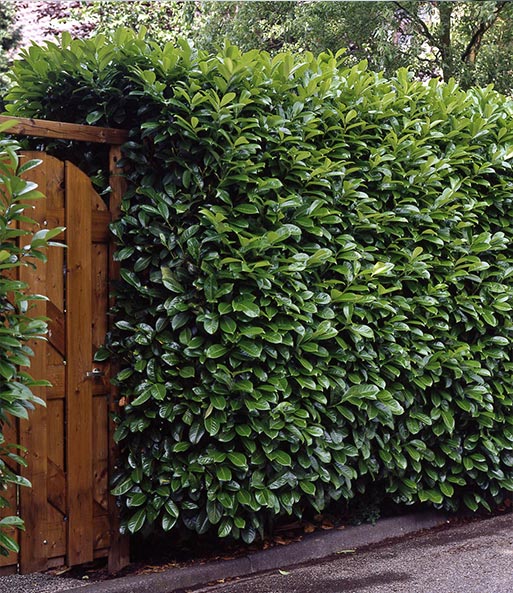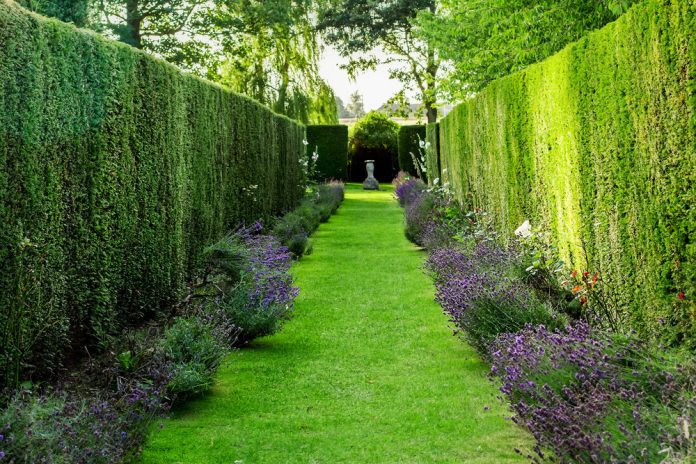An evergreen hedge protects your garden from prying eyes all year round and is often significantly cheaper than a high garden fence. Unlike a wall, it ensures a favorable microclimate and has a high ecological benefit for birds, insects and various small animals. A hardy hedge provides shade, sometimes smells wonderful or inspires with wonderful flowers for a few weeks.
Like all deciduous trees, evergreen hedges lose old leaves. However, this process is ongoing and the lost leaves are continuously replaced by new shoots. Enough fresh leaves remain on the plants at all times so that the hedge actually offers reliable privacy protection all year round. So there is no fixed time for the shedding of leaves.
There is a large selection of suitable plants for an evergreen hedge. It’s not always easy to make a decision. The five best evergreen hedge plants that we have chosen for you, may help you in making a choice.
Photinus ‘Red Robin’
The medlar ‘Red Robin’ is one of the most magnificent trees of all medlars. The evergreen, shiny leaves are the decoration of the medlar. Photinia x fraseri ‘Red Robin’ stands out due to the particularly bright red shoots. The leathery leaves, which are finely serrated at the edges, later turn copper-green. The white flowers of the medlar ‘Red Robin’ sit together in broad panicles and appear from May to June. This is good for the insect world, because photinas are so popular with bees and the like. The plant is suitable for a solitary position as well as a hedge plant.
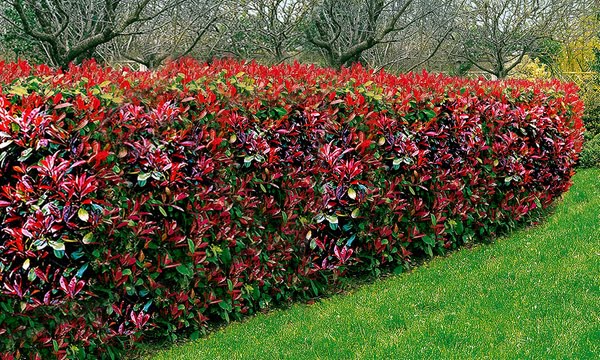
Yew Taxus Baccata
Yew hedges (Taxus baccata) have been popular as enclosures for centuries. The evergreen hedge plants are opaque all year round and extremely durable. With their beautiful dark green hue, they also form the perfect background for perennial beds, because the bright colors of the flowers are particularly effective in front of them.
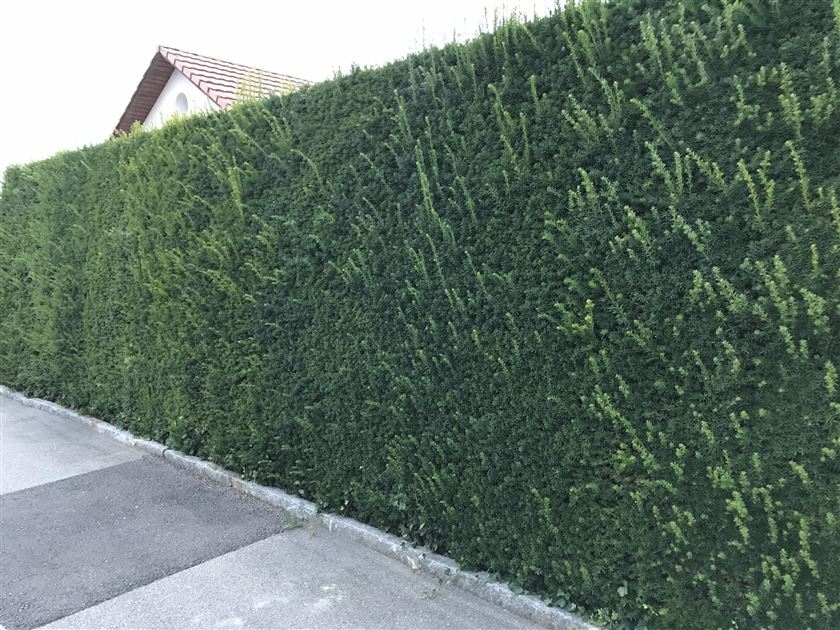
Thuja occidentalis emerald
Thuja hedges provide excellent privacy and wind protection and are also better than their reputation from an ecological point of view. Thuja is particularly popular as an evergreen hedge plant. Thuja hedges have their advantages because they are extremely frost hardy and wind resistant. They also grow quickly, are inexpensive and, as evergreens, are completely opaque all year round. The shoots and leaves give off a very aromatic scent when crushed. The scaly leaves sit flat against the shoots and are dull green on top in the wild species and often olive green in winter.
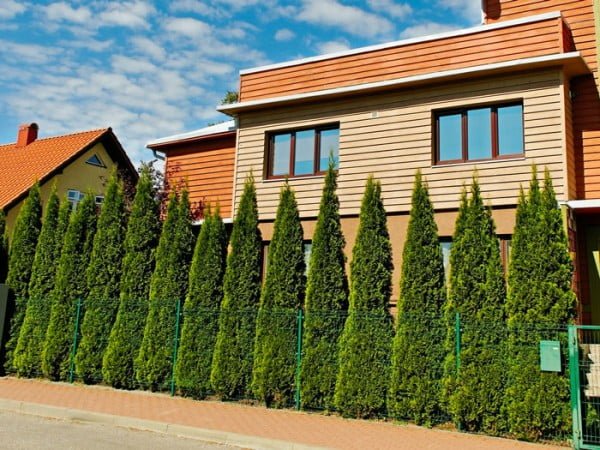
Cherry laurel (Prunus laurocerasus)
Cherry laurel is evergreen, tolerates pruning, forms dense hedges and also copes well with drought. Cherry laurel is not only suitable as a hedge, but also as a topiary for the individual position. The cherry laurel also cuts a fine figure as a component of mixed free-growing privacy screens, after all you don’t necessarily have to give the evergreen shrub a topiary.
